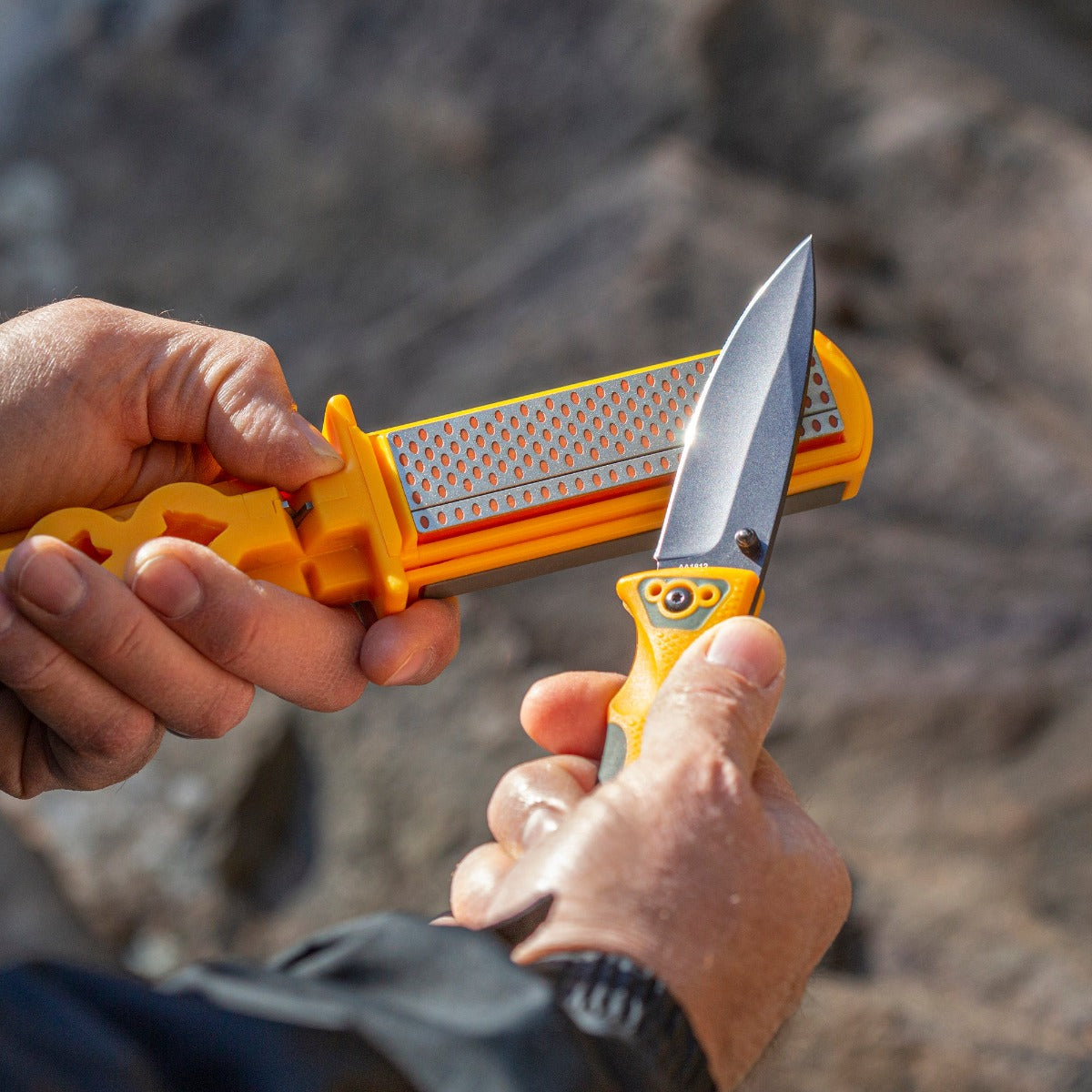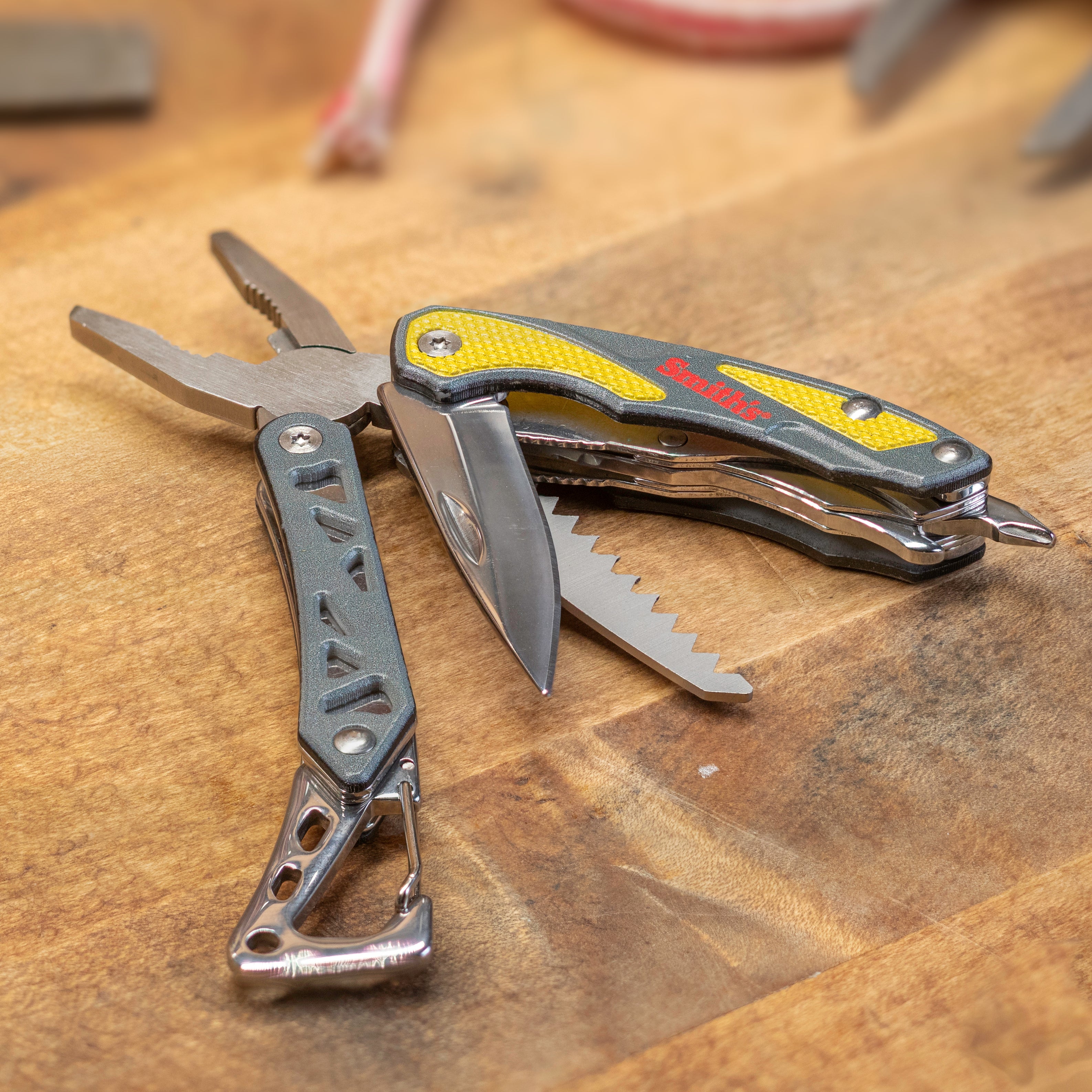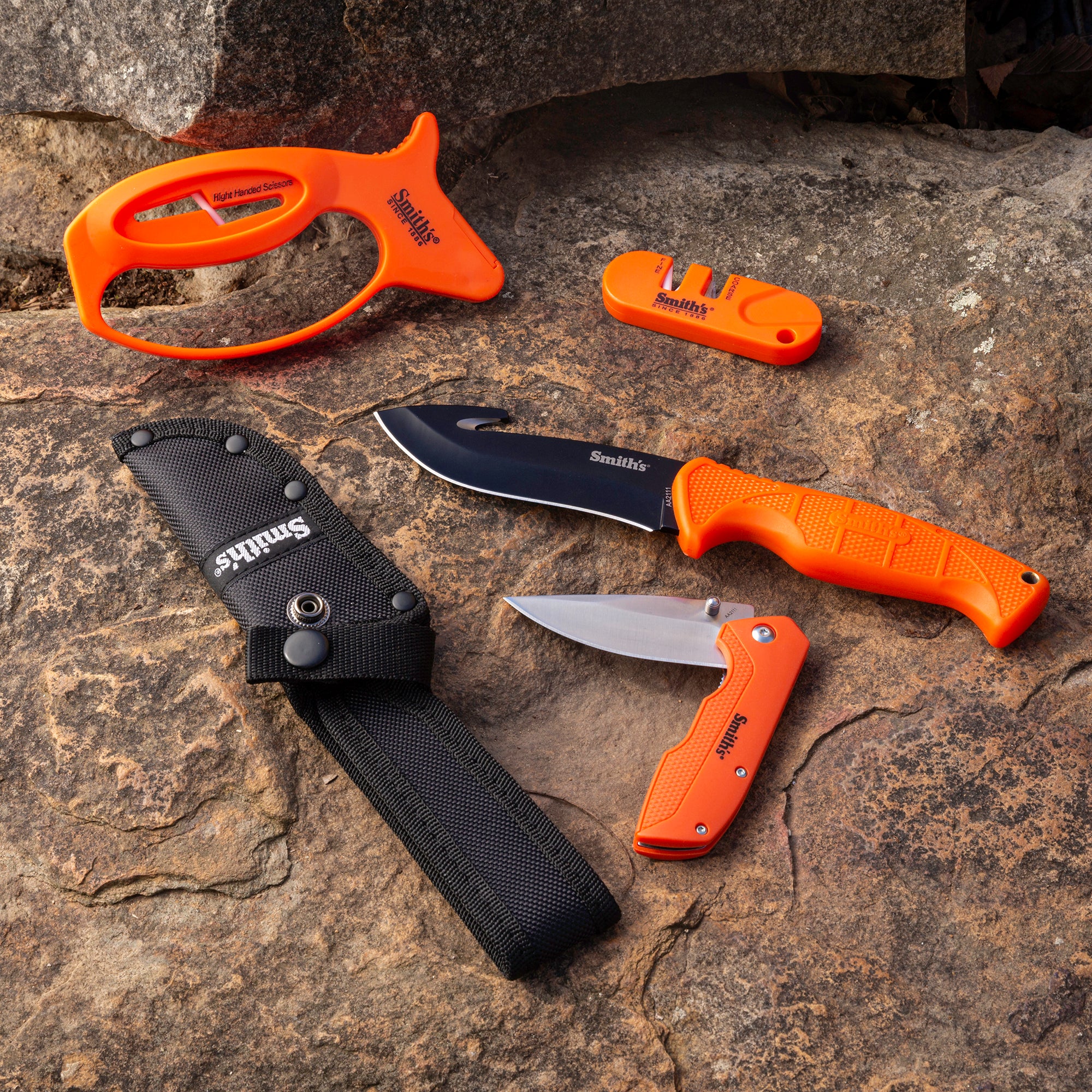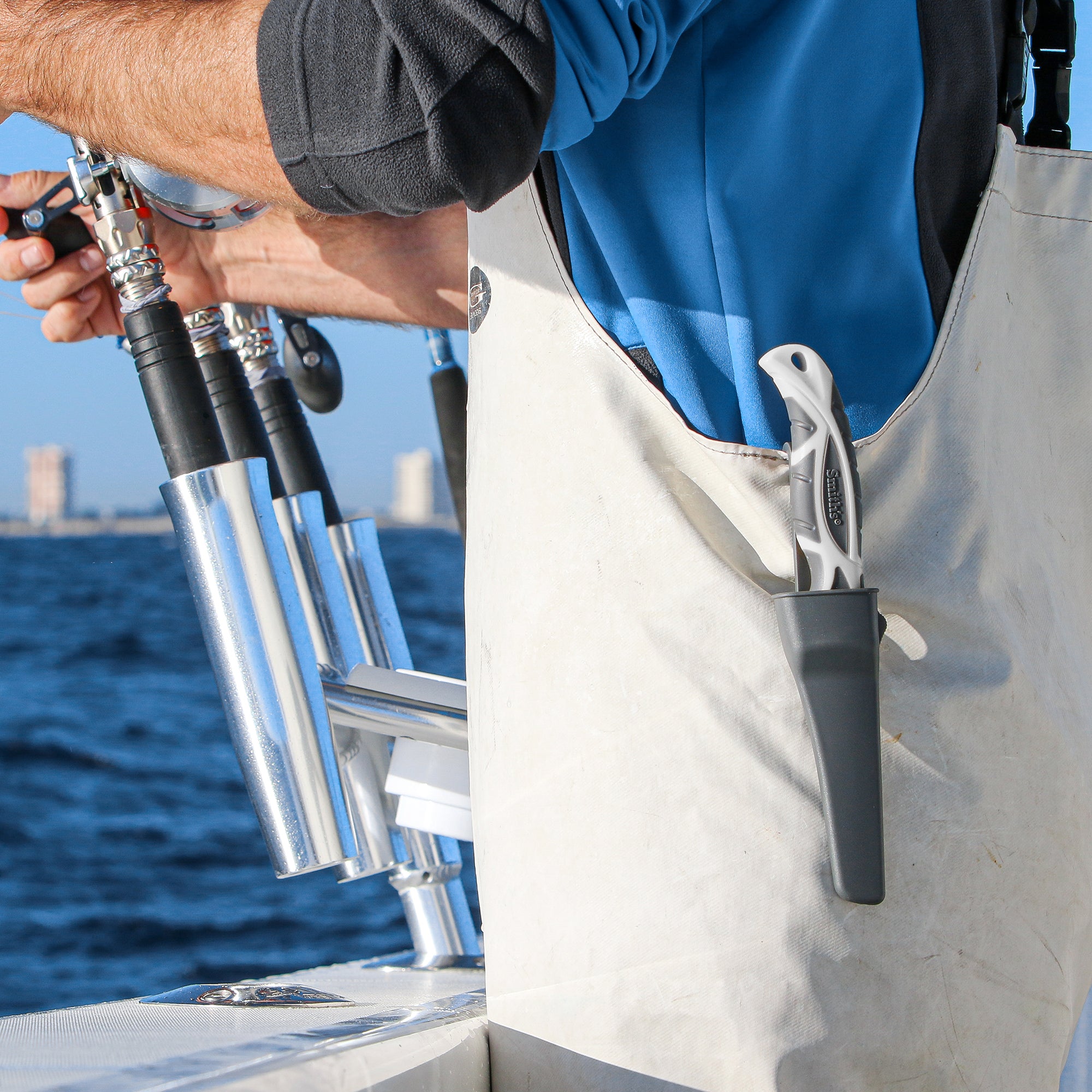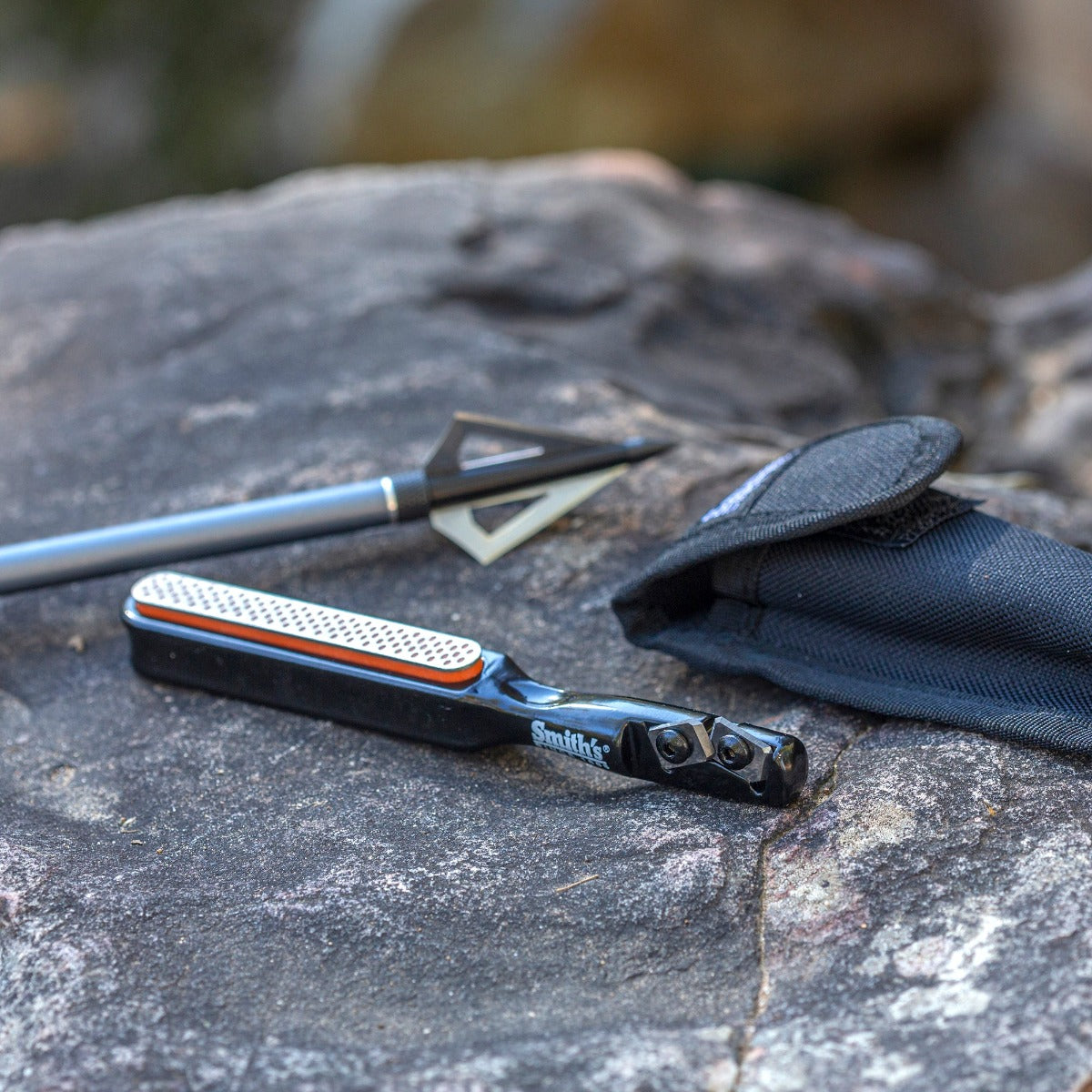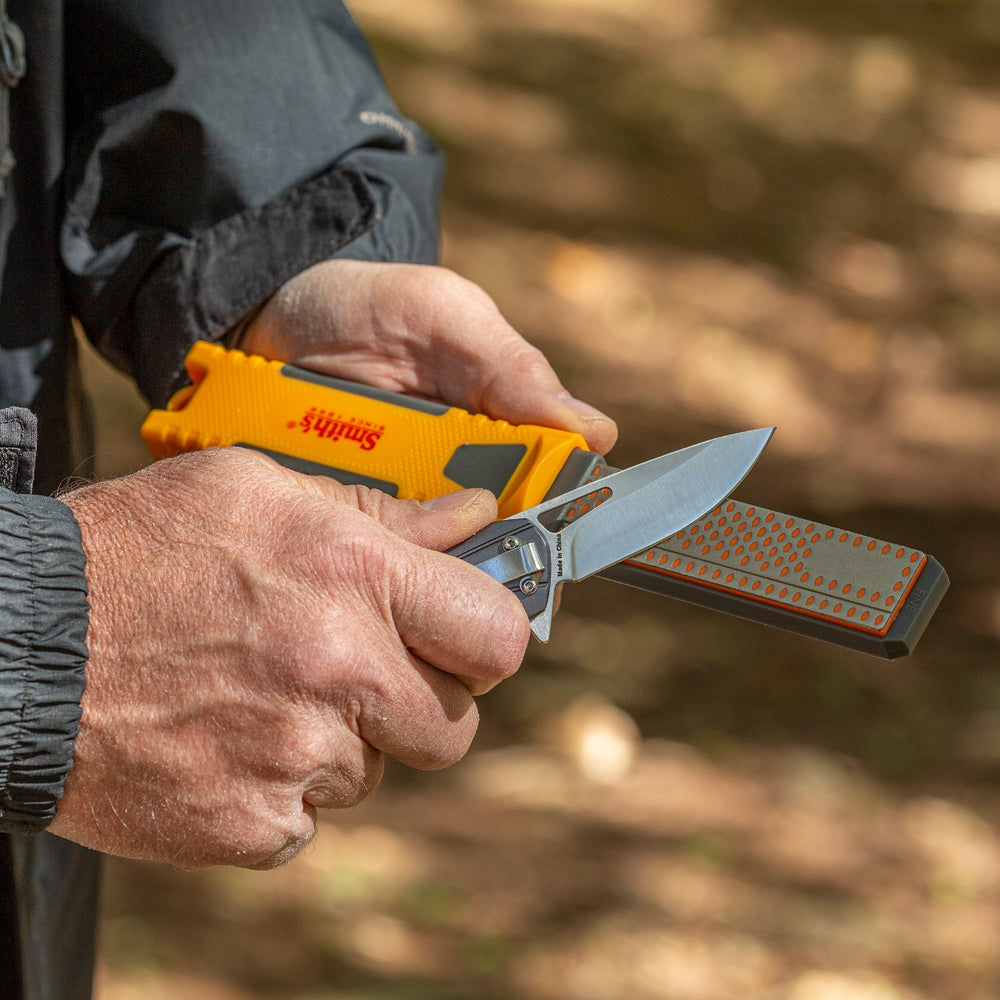The Ultimate Guide to Choosing Bushcraft Knives for Your Outdoor Adventures

Understanding the Essence of Bushcraft Knives
When embarking on outdoor adventures, having the right tools can spell the difference between a successful trip and a challenging one. This is where bushcraft knives come into play. Bushcraft knives are versatile tools designed to help you thrive in the wilderness, combining durability, functionality, and precision in a single tool. Understanding the essence of bushcraft knives involves grasping their unique design elements and how they can aid you in various outdoor tasks.
One of the key characteristics of bushcraft knives is their multipurpose nature. These knives are not just for cutting; they are also utilized for carving, batoning, and even food preparation. Their robust construction allows them to handle a wide range of tasks with ease, making them essential companions for survival in the great outdoors.
Moreover, the handle of a bushcraft knife is designed for a secure grip, ensuring safety and control during use. The blade length and thickness are carefully crafted to provide the necessary strength for demanding tasks while maintaining a degree of precision for finer work. By understanding these fundamental aspects, you can appreciate the importance of choosing the right bushcraft knife for your outdoor excursions.
Key Features to Look for in Bushcraft Knives
When selecting a bushcraft knife, several key features should guide your decision-making process. The blade material is a critical aspect to consider, as it determines the knife's durability and performance in different conditions. High-quality stainless steel blades offer excellent corrosion resistance and edge retention, ideal for prolonged outdoor use.
Another important feature is the tang of the knife, which refers to the extension of the blade into the handle. A full tang knife provides added strength and stability, making it more reliable for heavy-duty tasks. Additionally, a comfortable handle material, such as micarta or G-10, ensures a secure and ergonomic grip, reducing the risk of hand fatigue during extended use.
Furthermore, the type of grind on the blade, whether it's a scandi grind for woodworking or a convex grind for general-purpose use, influences the cutting performance of the knife. Considering these key features will help you narrow down your options and choose a bushcraft knife that best suits your outdoor needs.
In addition to the blade material and handle design, the sheath that comes with the bushcraft knife is another crucial aspect to consider. A durable and well-designed sheath not only protects the blade but also provides a convenient way to carry and access the knife during outdoor activities. By prioritizing these key features, you can make an informed decision when selecting a bushcraft knife for your adventures.
Choosing the Right Blade Material for Your Needs
The blade material of a bushcraft knife plays a vital role in its performance and longevity. Different types of steel offer varying degrees of hardness, edge retention, and corrosion resistance, making it essential to choose a material that aligns with your intended use. High carbon steel, known for its toughness and ease of sharpening, is a popular choice among bushcraft enthusiasts for its reliability in outdoor environments.
On the other hand, stainless steel blades are favored for their resistance to rust and low maintenance requirements. While they may be slightly harder to sharpen than carbon steel, they excel in wet or humid conditions where corrosion is a concern. Understanding the advantages and trade-offs of each blade material empowers you to select the right option based on your preferences and the environments you frequent.
Handle Materials and Designs: What Works Best for You
In addition to the blade, the handle of a bushcraft knife significantly impacts its functionality and user experience. When choosing a handle material, factors such as grip comfort, durability, and maintenance should be taken into account. Materials like hardwood, micarta, or rubber provide a secure grip and ergonomic feel, enhancing control and reducing hand strain during use.
Furthermore, the design of the handle, including its shape and texture, affects how the knife feels in your hand and influences your cutting precision. An ergonomic handle that fits comfortably in your palm allows for extended use without discomfort, while textured materials prevent slipping, especially in wet conditions. By considering these aspects, you can determine which handle material and design best suit your preferences and intended applications.
Exploring Blade Shapes and Their Functions in Bushcrafting
The shape of a bushcraft knife's blade is specifically tailored to perform certain tasks effectively. Different blade shapes, such as drop point, clip point, or spear point, offer unique advantages depending on the intended use. For example, a drop point blade provides a strong, controllable tip for intricate work, while a clip point blade excels in piercing tasks and detailed cutting.
Moreover, the curvature and thickness of the blade influence its strength and cutting capabilities. A curved blade enhances slicing performance and facilitates skinning or food preparation, while a thicker blade spine provides added durability for heavy-duty tasks like batoning or chopping. By exploring the variety of blade shapes available, you can select a knife that complements your bushcrafting style and requirements.
Maintenance Tips to Keep Your Bushcraft Knife in Top Condition
Proper maintenance is essential to prolong the lifespan and performance of your bushcraft knife. Regularly cleaning the blade with a mild detergent and warm water removes dirt and prevents corrosion, especially after use in challenging environments. Drying the knife thoroughly and applying a light coat of mineral oil or blade oil helps protect the blade from moisture and maintain its sharpness.
Additionally, sharpening the blade regularly using a sharpening stone or system ensures that it remains razor-sharp for efficient cutting tasks. Proper storage in a dry environment and periodic inspection for any signs of wear or damage are also important practices to preserve the integrity of your knife. By following these maintenance tips, you can ensure that your bushcraft knife stays in top condition for all your outdoor adventures.


